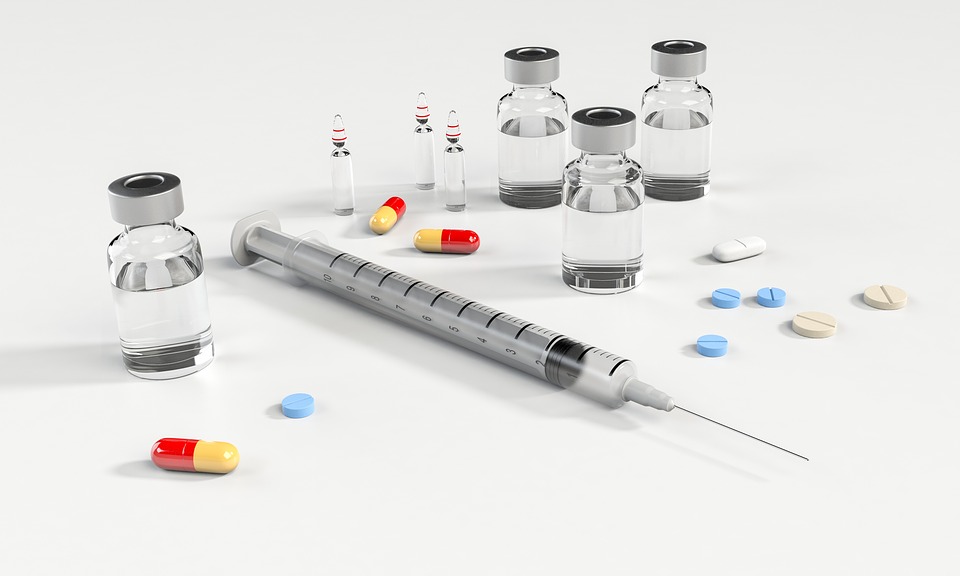A new prototype device has been created by researchers at Nanyang Technological University, Singapore (NTU Singapore). It has the capability of immediately identifying airborne hazards, such as gases and chemicals.
The new prototype device can be viewed as an incredible technological innovation because it can be rapidly deployed in detecting airborne hazards, such as sulfur dioxide, despite their tiny molecular size.
New prototype device instrumental in human health
The new prototype device has the capacity of offering real-time monitoring of the prevailing air quality. For instance, during haze outbreaks. It can also identify industrial air pollution and gas leaks.
As a result, the new prototype device is essential in boosting human health as it can detect any harmful gases and chemicals in the atmosphere.
The novel technology utilized in the device was highlighted in a science journal called ACS Nano.
New prototype device instigates efficiency
The present strategies utilized in identifying gases in the atmosphere utilize a laboratory method known as Gas Chromatography-Mass Spectrometry (GC-MS).
Despite it being reliable, it necessitates tedious sample collection and the time taken ranges from a few hours to a few days.
This challenge is being eradicated by the new prototype device as the gases in the air are to be identified instantly.
Realistically, emergencies need a continuous and fast analysis of any air contamination triggered by a chemical spill, natural disaster or illegal toxic waste dumping.
The new prototype device will come in handy in such scenarios as emergency responders will be in a position to undertake appropriate actions.
On the other hand, an exoskeleton controlled by brain signals recently helped a man walk after being paralyzed for four years.
Mr. Thibault was involved in an accident at a club four years ago, falling 15m from the ground. The patient’s spinal cord was intensely damaged that left him paralyzed from the shoulders down.
Notably, AI technology played a significant role in this experimental procedure. As we all know, AI gives computers the ability to process vast amounts of data simultaneously and emit output in lighting quick response time.







